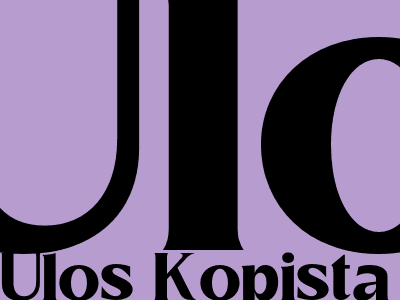
Ulos Kopista: A Sacred Cloth from the Batak Tribe
Introduction
Ulos Kopista is a beautiful and sacred cloth woven by the Batak people of North Sumatra, Indonesia. It is made from hand-spun cotton and adorned with intricate patterns and symbols. Ulos Kopista is considered a sacred object and is used in various ceremonies and rituals.
History and Cultural Significance of Ulos Kopista
The Ulos Kopista has a long and rich history, and it is closely linked to the Batak tribe's cultural and spiritual traditions. The word "ulos" means "cloth" in the Batak language, and "kopista" refers to the type of weaving technique used to create it.
Ulos Kopista is believed to have originated in the 13th century, and it has been passed down from generation to generation. Each Ulos Kopista is unique, and the patterns and symbols woven into it often have specific meanings and significance. For example, the "gorga" pattern is often used to represent good luck and prosperity, while the "singa" pattern represents courage and strength.
Types of Ulos Kopista
There are many different types of Ulos Kopista, each with its own unique design and purpose. Some of the most common types include:
*Ulos Kopista in Contemporary Society
Ulos Kopista is still an important part of Batak culture today. It is used in traditional ceremonies such as weddings and funerals, and it is also worn as a fashion statement. In recent years, Ulos Kopista has become increasingly popular outside of Indonesia, and it is now sold in many countries around the world.
Conclusion
Ulos Kopista is a beautiful and sacred cloth that is an important part of Batak culture. It is a symbol of tradition, identity, and spirituality. Ulos Kopista is a testament to the creativity and skill of the Batak people, and it continues to inspire and fascinate people around the world.